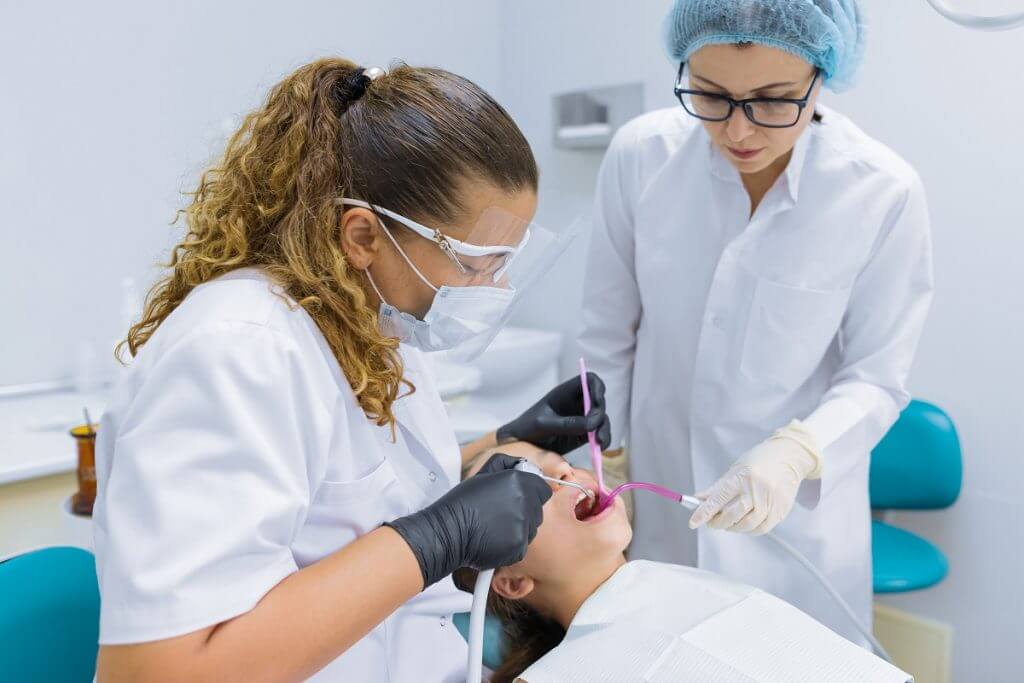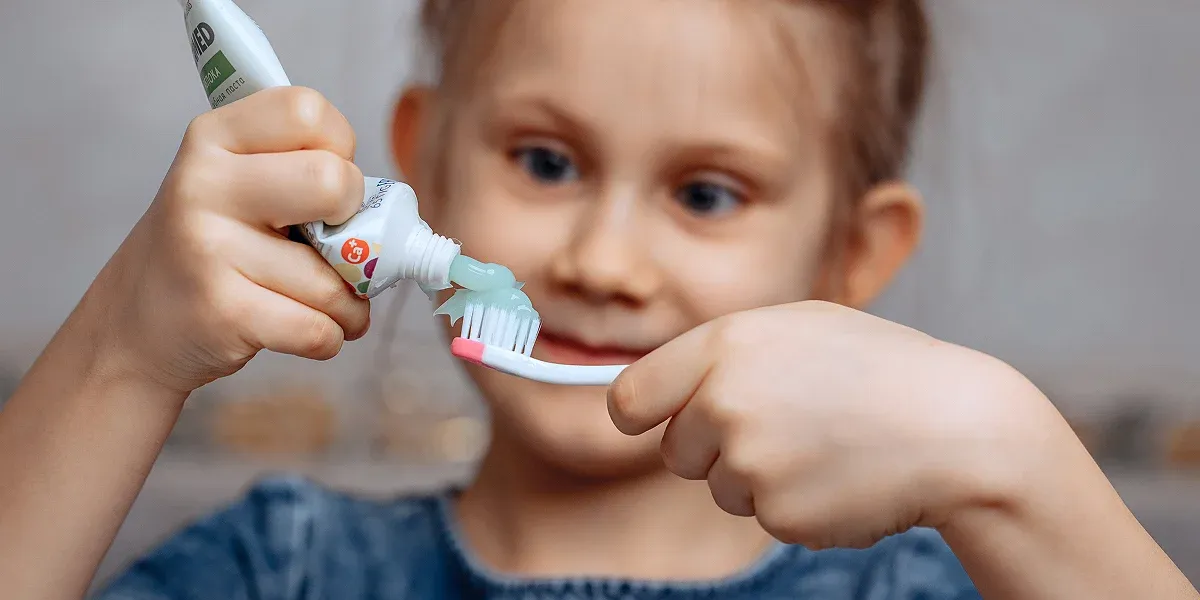
Types of Space Maintainers for Kids
We all know that baby teeth will fall out sooner or later; however, sometimes, a child may lose his teeth prematurely. The surrounding teeth can shift to fill in the gap caused by tooth loss and cause permanent teeth to erupt at the wrong angle. Dentists then place space maintainers in your child’s mouth to manage premature baby tooth loss. It may not seem a big problem, but it can create future problems with your child’s oral health.
There are different types of space maintainers for kids, and choosing the right kind will lead to good results. These orthodontic appliances help prevent overcrowding, teeth misalignment, and other orthodontic conditions. Continue reading to know more about space maintainers to elevate your child’s oral health functioning.
Dental Space Maintainers
Baby teeth have significant responsibilities, and they help your child until he enters adolescence. They aid your child’s chewing capability and allow him to speak correctly. A primary function of baby teeth is to hold space for adult teeth that will erupt later. So, in a way, they also guide the permanent teeth underneath them into the proper position. However, not all children are the same, and some might lose their baby teeth prematurely. It could be due to injury, a medical disease, tooth decay, dental trauma, or otherwise.
If your child loses his teeth prematurely, a dental device can help. Nowadays, pediatric dentists fit a dental space maintainer that leaves enough space for permanent teeth to grow. The dental space maintainers usually come in plastic or metal. There are two broader types of space maintainers for kids, i.e., fixed and removable. That depends on the kind of needs your child has. Let’s discuss the types of space maintainers in detail to know which type might suit your child. It will also help in consulting your dentist beforehand.

What are the Benefits of Space Maintainers?
- Encourage proper eruption of the child’s permanent teeth.
- They cause no pain.
- Keep the adjacent teeth well-aligned.
- They are relatively more affordable than other orthodontic treatments.
- There are several varieties of space maintainers, and you can choose accordingly.
Types of Space Maintainers for Kids
- Removable:
The removable space maintainer is good to consider when your child’s tooth is almost ready to grow. The removable type is acrylic and helps your child maintain good oral hygiene habits. Dentists can also customize this type of space maintainer as per the requirement.
- Fixed Type:
A fixed space maintainer allows a fixed or semi-permanent tooth fixture to provide enough space for permanent teeth to grow. Pediatric dentists use four fixed space maintainers per the child’s need.
Four Divisions of Fixed Space Maintainers
- Unilateral: The unilateral type uses a wire to maintain space between teeth. This type is also known as brand and loop, holding the space intact.
- Crown and loop: This type places a crown over one tooth, and the loop presses against the tooth on the other side. Once the permanent teeth come in, your dentist can remove the crown. The loop also keeps the gap open.
- Distal shoe: The distal shoe space maintainer is for use on the unerupted first permanent molar tooth. It is used for complicated cases and inserts into the child’s gum line at the end of this space maintainer.
- Lingual: The fourth distinction of the fixed space maintainer is the lingual space maintainer. A wire connects this type of space maintainer inside the lower front teeth. It benefits more than one missing tooth and joins with molar teeth.
Concluding Thoughts
When placed well on time, they minimize the need for other orthodontic treatments, such as braces. Now you are well aware of the different types of space maintainers. Talk to your dentist to know which type suits your child.
Contact your kids’ dentist in Stockton, Sajjad Rizvi D.D.S. at Happy Kids Dental, to know about the types of Space Maintainers for Kids.
Resource:
What Is The Importance Of Space Maintainers?
This media/content or any other on this website does not prescribe, recommend, or prevent any treatment or procedure. Therefore, we highly recommend that you get the advice of a qualified dentist or other medical practitioners regarding your specific dental condition.
Subscribe To Our Newsletter
Get Updates And Learn From The Best


